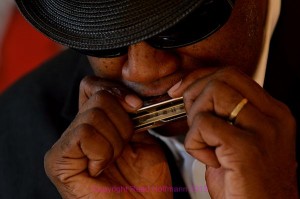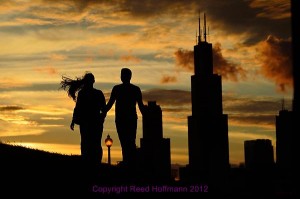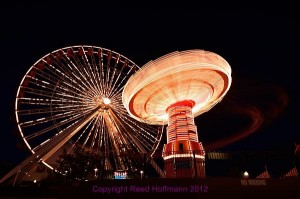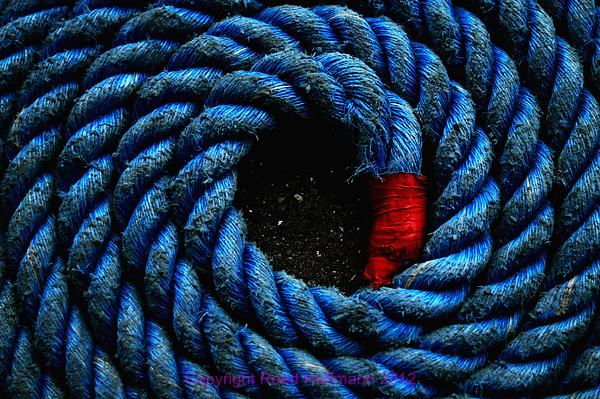Nikon made a big splash a while back with the announcement of a new entry-level DSLR, the D3200. The biggest news about it was that they were packing 24 million pixels (24MP) onto a DX sized-sensor. And, at $699, it would be the highest resolution camera in their current line-up, behind the D800 (which costs around $3000). And, more resolution than their current flagship, the D4 (16MP).
Of course, most of us know by now that megapixels aren’t everything. In fact, nowadays, they’re fairly far down my list of what’s important. When I got my first 6MP camera years ago, I felt we’d finally made it – digital now beat film in most important areas. Remember, the more pixels, the larger you can use a photo. That’s important for printing, where you generally

Jazz musician Carl “Buddy” Lowe. Nikon D3200, ISO 100, 1/30 at f/ 4, – 1.7 EV. Photo copyright Reed Hoffmann.
want about 200 PPI for high-quality prints. For screen use, you need far fewer. If you’ve got a big full HD TV, it’s resolution is 1080 pixels high by 1920 pixels wide. Multiply those two numbers and you’ll see you only need 2MP to fill that screen.
Don’t get me wrong. I don’t want to go back to 6MP cameras. If they can give me more pixels, great. But more important is image quality. There are point-and-shoot cameras and cell phones with pixel counts nearing (or even going above) 20MP. But the image quality isn’t very good. What I care most about is sharpness, good color, great dynamic (tonal) range and good high ISO performance. That’s what I look for in a camera, not the pixel count. That’s why I’ve been happily shooting the Nikon 1 cameras (j1 and V1) since they were introduced. Only 10MP, but very nice image quality.

Couple near the planetarium, skyline behind them. Nikon D3200, ISO 400, 1/2500 at f/5, -.7 EV. Photo copyright Reed Hoffmann.
Two weeks ago I finally got my hands on a D3200. Again, 24MP. But of course, what I wanted to see was how good the images were. So I took it to Colorado on a quick camping trip, and then to Chicago this past weekend for a photo workshop I was teaching (www.MentorSeries.com). I’m happy to say I was very pleased with it. Very good image quality. That’s not to say I’ll be doing all my photography in the future with it.
In my role as a photo instructor, I’ve had hands-on experience with entry-level cameras for ten years now. Working mostly with Nikons, I’ve found them to have generally good quality, but they’re not designed for my kind of shooting. I like to work fast, making adjustments to the camera and exposure quickly while shooting. That’s not how these cameras are designed. They’re made for people who are going to use them primarily in point-and-shoot

Rides at the Navy Pier. Nikon D3200, ISO 100, 1.5 seconds at f/8, -1.3 EV. Photo copyright Reed Hoffmann.
mode (full automatic), not for serious photography. That doesn’t mean they can’t do that, it just means they’re slower to work with. For most changes you have to go into the menus on the back of the camera (few buttons and dials). And, of course, as a less expensive camera, they have fewer autofocus points and a less powerful AF system, and are less rugged and weather-sealed.
My verdict? Very good quality, very high resolution in a compact, inexpensive package. A very good starter camera, or even as a back-up. Obviously this won’t be my main camera, but I enjoyed shooting it and was very pleased with the photos. To see more from my trip to Chicago, go to www.ReedHoffmann.com/NikonD3200.

